Innovative Frontiers: Let’s Use Virtual Reality to Prevent Burnout in Sensitive People
Published in Social Sciences, Bioengineering & Biotechnology, and Behavioural Sciences & Psychology
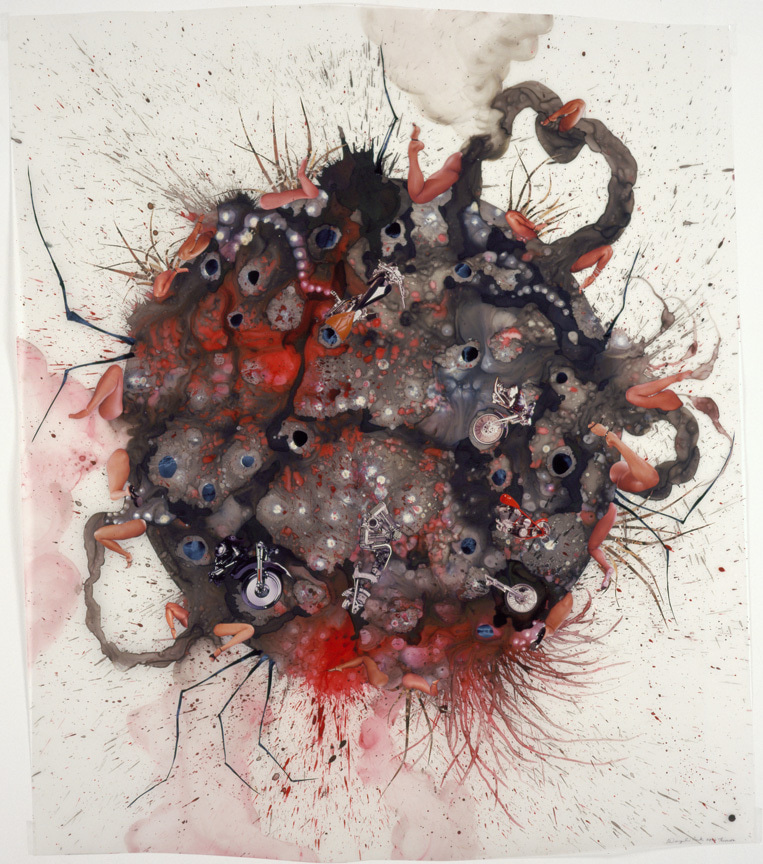
This isn’t your average R&D story — but what ever is?
First, know that this Behind the Paper is about a Commentary. Applied research and peer review were not required for Innovative Frontiers: Harnessing Virtual Reality for Burnout Prevention in Highly Sensitive Individuals. Even still, it was five years in the making.
Virtual reality, digital mental health and Highly Sensitive People
The development of Innovative Frontiers starts in an art museum and pauses on the uniquely powerful impact that virtual reality (VR) can have on Highly Sensitive People (HSP). Pauses — not stops — because Innovative Frontiers spotlights a gap that is too big for a single paper or field.
The fields in question are digital mental health (DMH), VR and HSP. The evolution of DMH, propelled by VR advances outside the laboratory, has opened the door to new interventions and supports. In this scenario, sensitives — characterized by their heightened responsiveness to experiences — emerge as a uniquely significant but underexamined population.
Our Commentary’s central objective was to fill a critical void by identifying opportunities across all three fields. Innovative Frontiers was born from personal experience and prompted big questions, with answers that may serve many.
Chaos and Awe
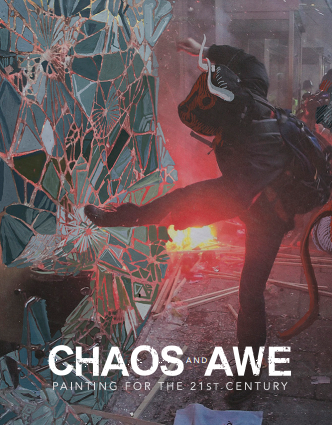
Use: © Frist Art Museum, Chaos and Awe: Painting for the 21st Century. Gallery Guide, 2018.
In 2018, the Frist Art Museum in Nashville debuted Chaos and Awe: Painting for the 21st Century. The exhibit curated by Mark Scala celebrated “paint’s capacity to weave together images of physical reality, memories, emotions, and the virtual world . . . [to] dramatically describe the destabilizing effects of such 21st-century forces as globalism, mass migration, radical ideologies, and complex technologies.”
Technologies like VR.
Amidst dozens of paintings at the Frist was a VR headset, loaded with a virtual work by Rachel Rossin. I don't remember exactly what I saw, but I can describe how I felt — transported. Beyond transported: a complete and total liberation of mind and body.
Before that day at the Frist, I’d never experienced VR but I had experienced the burden of self — mostly from being human but amplified by being an HSP with a not-so-great childhood.
Sensitivity is a distinct genetic trait marked by Depth of Processing, Overstimulation, Emotional Reactivity, and Sensing the Subtle (DOES). It is also marked by Empathy, Creativity, and Aesthetic Sensitivity — the kind that might make you weep while wearing a VR headset in the middle of an art museum.
"You need to try"
What had happened to me? Could it happen again? After the Frist, I longed for another VR experience and found it in Brooklyn. For a brief, shining moment, David Askaryan’s Museum of Future Experiences delivered immersive nirvana. Hopefully, it will again.
MoFe’s Liminality explored “the chaos, uncertainty and beauty” of transitional states where “those who let go are transformed.” Gnosis used hypnotic VR to explore the mind’s inner landscapes, the self’s true nature and the timeless question: Who Am I?
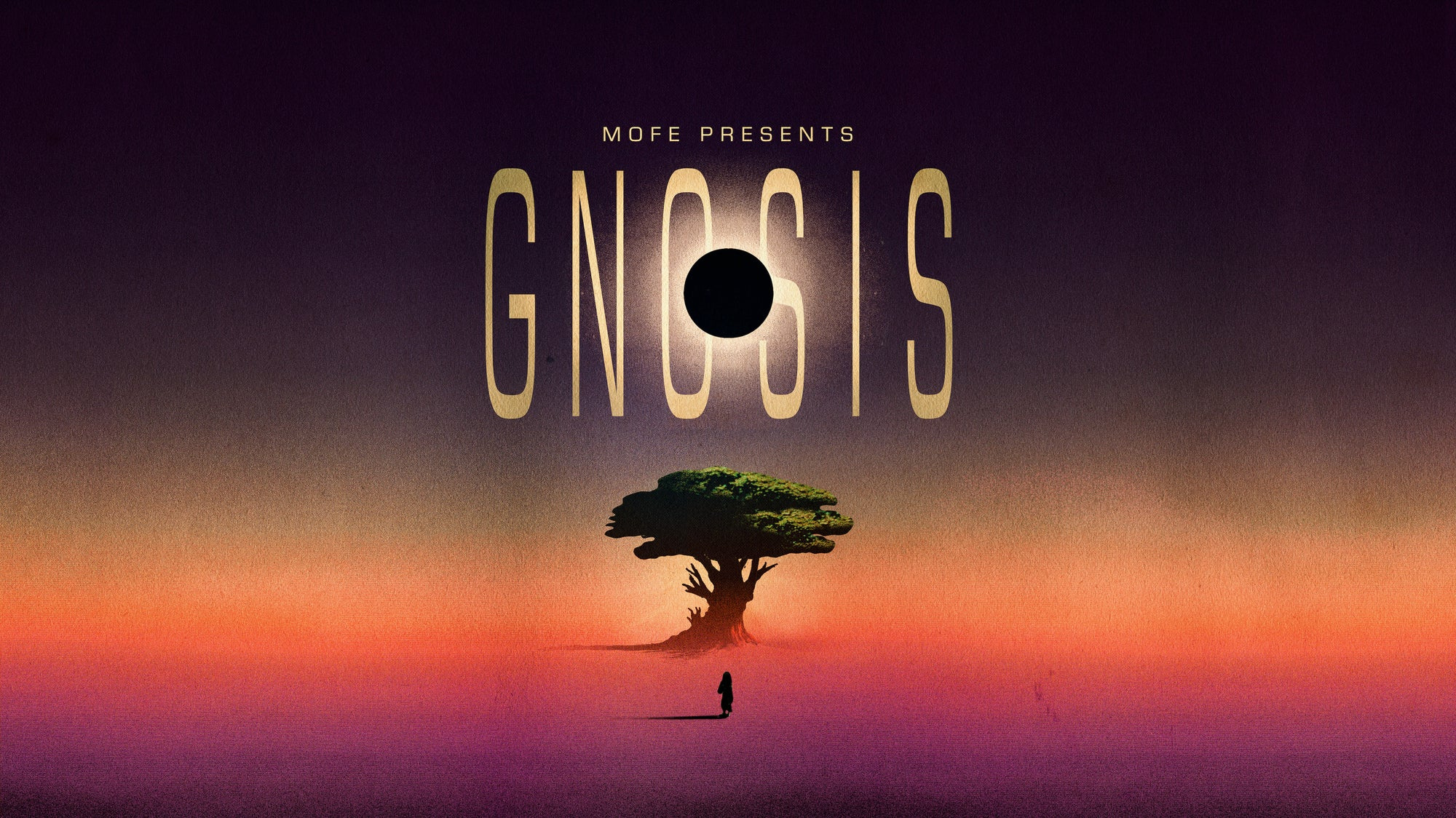
© Museum of Future Experiences
Apparently, chaos and uncertainty are kind of my jam. They were also the perfect backdrop for my next discovery.  Between the Frist and MoFE came a documentary about the greatest science fiction film never made.
Between the Frist and MoFE came a documentary about the greatest science fiction film never made.
Jodorowsky’s Dune chronicles filmmaker Alejandro Jodorowsky’s failed attempt to bring Frank Herbert’s Dune to the big screen. To storyboard his movie, Jodo hired many of the artists who would later work on Alien. The documentary creators and director Frank Pavich bring the Dune artwork to life — animating it into the scenes that Jodo was never able to film (squeamish studio execs, lack of funding).
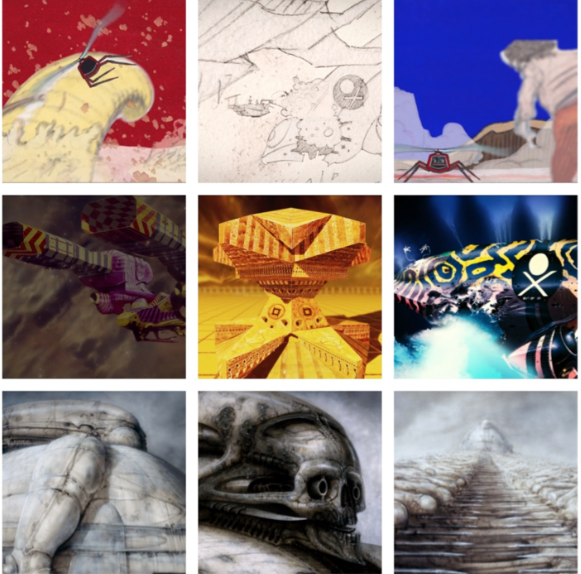
© Top Row: Jean Giraud a/k/a Moebius. Middle Row: Chris Foss. Bottom Row: H.R. Giger
I was transfixed. I tried to write how that animation felt, how Rachel Rossin’s VR felt. A piece for Diabolique Magazine is the closest I’ve come so far:
The best description I can give of experiencing both VR and Jodorowsky’s Dune is one of weightlessness. A movement through layers that might make you remember what it was like to be formed: cells moving toward one another; compelled by dreams of tissue, organ and bone; like joining like while separate systems adhere and maintain their identities.
Jodorowsky’s Dune was never made. But as a successful failure, its message illuminates. In the words of Jodo himself...
Why you will not have ambition? WHY? Have the greatest ambition possible. You want to be immortal? Fight to be immortal! DO IT! You want to make the most fantastic art of movie? Try. If you fail, is not important.
We need to try.
Innovation's influences
Innovative Frontiers represents five years of try, most spent hand-wringing while I whined: “But I don’t know anything about VR.” When Jodorowsky first made movies, he didn’t know anything either. He learned from others and so did I: first from VR entrepreneur Aaron Gani; next from Solome Tibebu, founder of Going Digital: Behavioral Health Tech; and finally from Dr. Debra Boeldt, this paper’s co-author.
Debbie knows DMH. A clinical researcher and therapist, she quickly understood not only how VR could impact HSPs but how we could apply it — and that workplace burnout was the perfect target for these post-pandemic times. Our Use Case example in Innovative Frontiers explores how VR applications for HSP employees can enhance work culture, support return-to-work, demonstrate potential ROI for DMH interventions, and provide the “Sensitive Boost” that can make HSPs top performers (not to mention some of the best human beings you'll ever meet).
VR relaxation is well matched to mental health needs: exposure; treatment for trauma, fear, and anxiety; and the mind-body complexities of addiction and chronic pain. We believe VR can also help prevent or lessen HSP burnout.
Similarly, VR’s meditative effects are a good match for sensitivity’s unique gifts and challenges.
Finallt, Try is the antidote to Failure, no matter the outcome.
Innovative Frontiers ends with a question that applies to all human attempts to mitigate human misery: “[W]hat happens if we remove such life struggles, if we flatten the biology, if we remove the rough edges through technology and drugs? What happens if we bypass the need for people to confront their demons, their discomforts and their tears?” (Kirk Schneider).
Conversely, what if technologies like VR can help the mind experience more of itself, the tears and the triumphs? VR pioneer Mel Slater is exploring this aspect of VR: "Change the self not just the place."
Whether VR changes the self or simply enriches its experience, it’s worth a try.
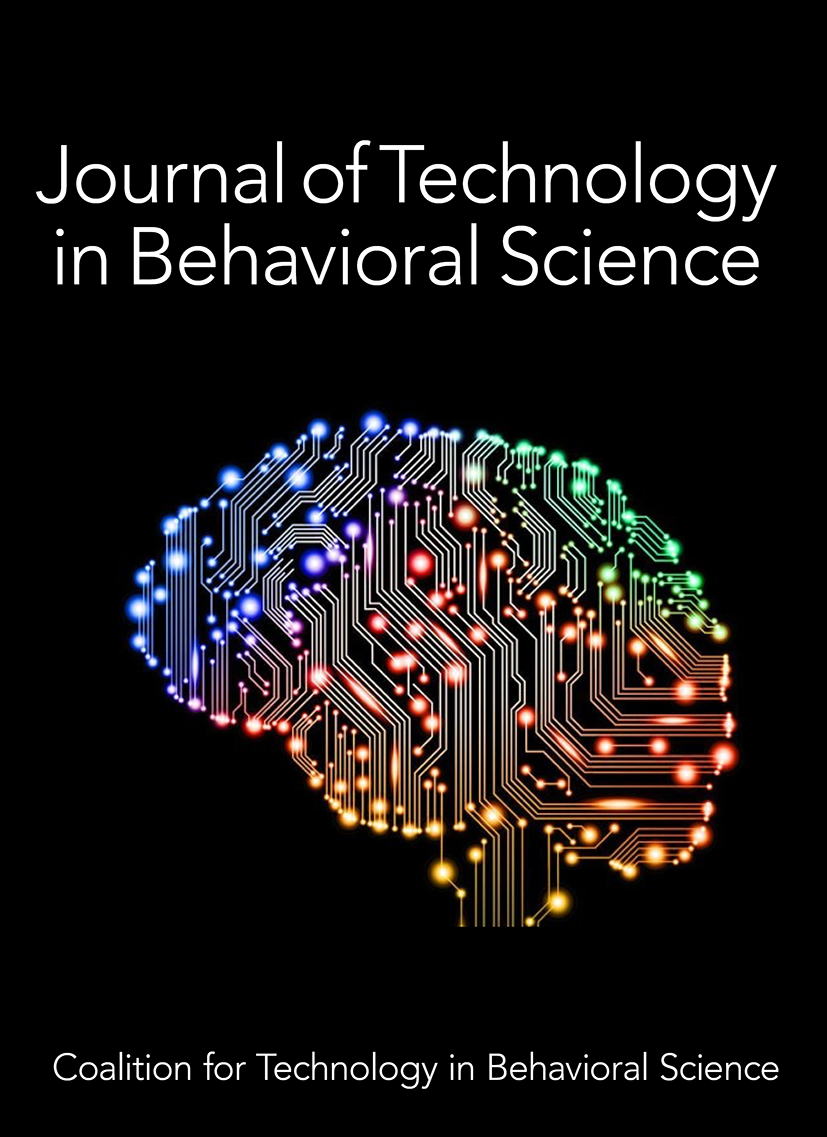



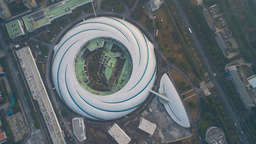


Please sign in or register for FREE
If you are a registered user on Research Communities by Springer Nature, please sign in